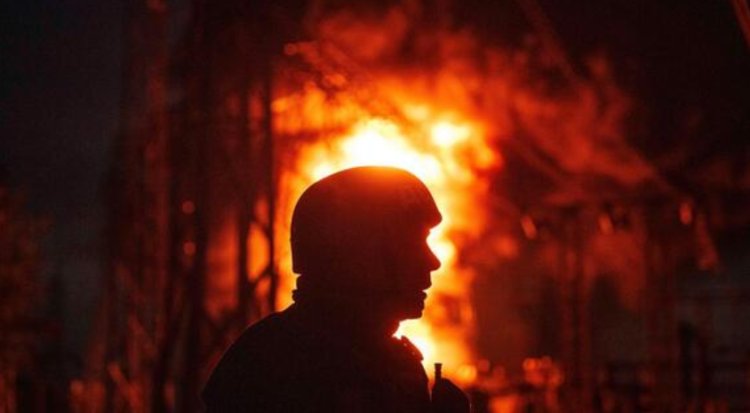Opinion: NATO: Call Russia’s bluff and let Ukraine strike back
Opinion: NATO: Call Russia’s bluff and let Ukraine strike back

Last week, Russia executed one of its deadliest attacks on Ukraine, targeting civilian areas in Poltava and Lviv with missiles. The assault resulted in numerous casualties and intensified calls from Ukrainian President Volodymyr Zelensky and his administration to lift existing restrictions on Ukraine’s defensive capabilities. Zelensky and his officials are urging Western allies to permit Ukraine to use long-range missiles to strike targets within Russia.
Since Russia's full-scale invasion in February 2022, Ukraine has adhered to self-imposed restrictions as a condition for receiving Western aid. Initially, there was hesitancy among Western officials to provide advanced weaponry to Ukraine, fearing it might escalate the conflict and lead to greater destruction. However, over the past two and a half years, Russia’s repeated threats and bluffs have largely proven unfounded.
When Russia launched its invasion, it warned of severe consequences if Ukraine resisted. Despite these threats, Ukraine successfully defended its capital and expelled Russian forces from northern and central Ukraine. This early success suggested that Ukraine could effectively challenge Russia.
As a result, Ukraine began receiving American High Mobility Artillery Rocket Systems and Army Tactical Missile Systems. Despite the arrival of these advanced weapons, Russia did not escalate its response. Similarly, the provision of long-range missiles did not lead to the anticipated escalation.
By 2023, Ukraine had reclaimed over half of the territory occupied by Russia, destroyed a significant portion of Russia’s naval fleet in the Black Sea, and decimated two-thirds of Russia’s pre-invasion tank force. Despite Russian warnings of a potential nuclear strike if advanced weapons were provided, no such escalation occurred.
Recently, the long-awaited F-16 fighter jets arrived in Ukraine, and Ukrainian forces conducted an incursion into Russia’s Kursk province. Over the past few weeks, Ukraine has seized hundreds of square kilometers of Russian territory, yet these actions have not triggered a nuclear conflict.
These developments have led many Western leaders to reconsider Ukraine’s defense restrictions. Polish officials, Baltic and Nordic states, Canada, and several NATO members in Central Europe are advocating for Ukraine’s right to strike military targets within Russia. Even Josep Borrell, the EU’s High Representative for Foreign Affairs and Security Policy, and Jens Stoltenberg, NATO’s Secretary General, have called for easing these restrictions.
Proponents argue that Ukraine needs the ability to defend itself against Russia’s unprovoked attacks and that lifting the restrictions would help mitigate the ongoing conflict. By targeting Russian military installations, weapons factories, and ammunition depots, Ukraine could significantly disrupt Russia’s capacity to sustain its invasion and future bombardments.
The Institute for the Study of War and the American Enterprise Institute’s Critical Threats project reports that at least 245 military and paramilitary sites within Ukraine’s reach could be targeted. Destroying these facilities would impair Russia’s ability to continue its aggression.
Ukraine, being at war, needs the means to protect its citizens effectively. If the current restrictions remain, attacks like those in Poltava and Lviv may become more frequent. Allowing Ukraine to strike back at Russian military targets is essential for reducing Ukrainian casualties and hastening the end of the conflict.
It is time for NATO members to lift the restrictions and enable Ukraine to defend itself more effectively.







